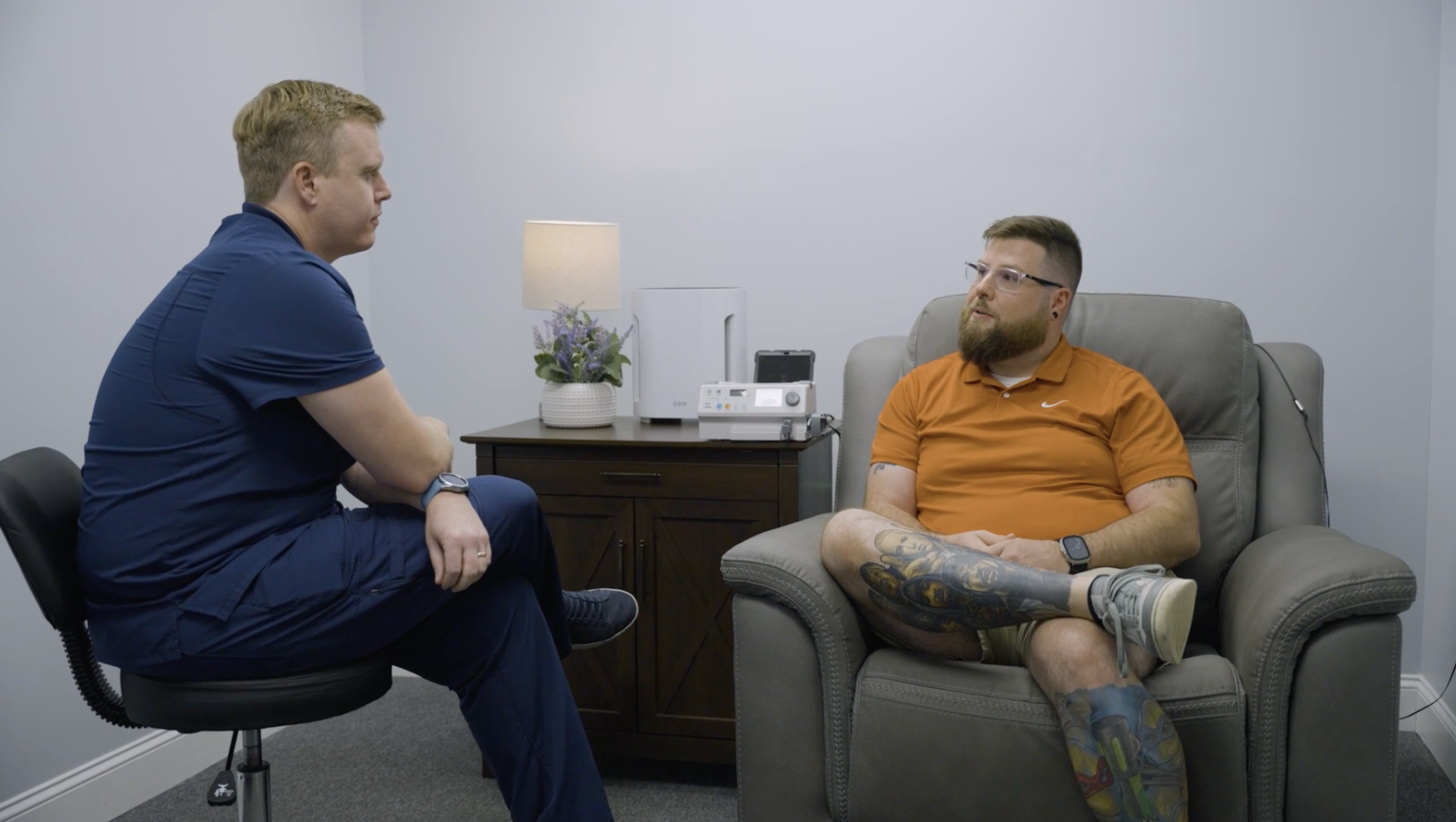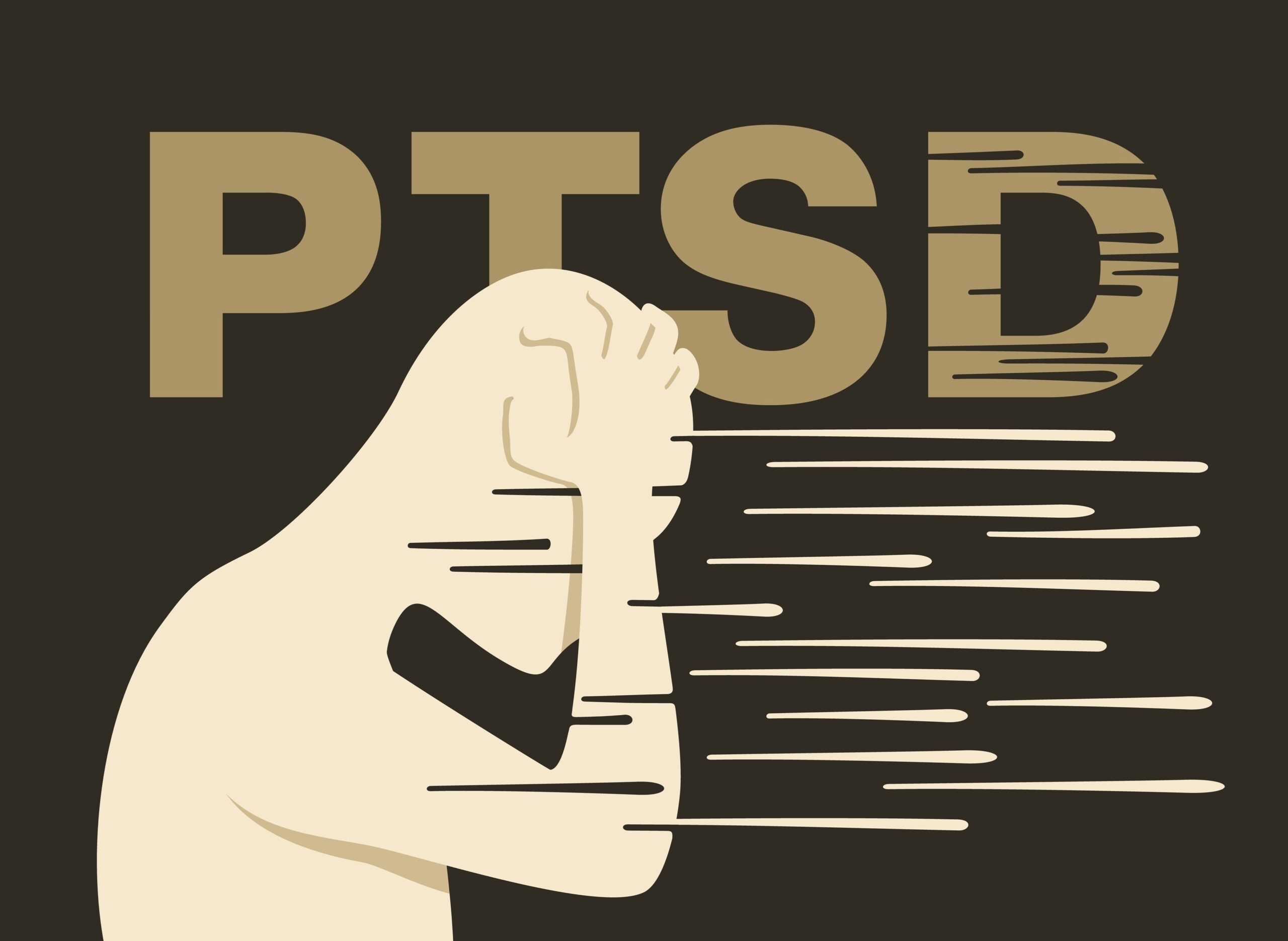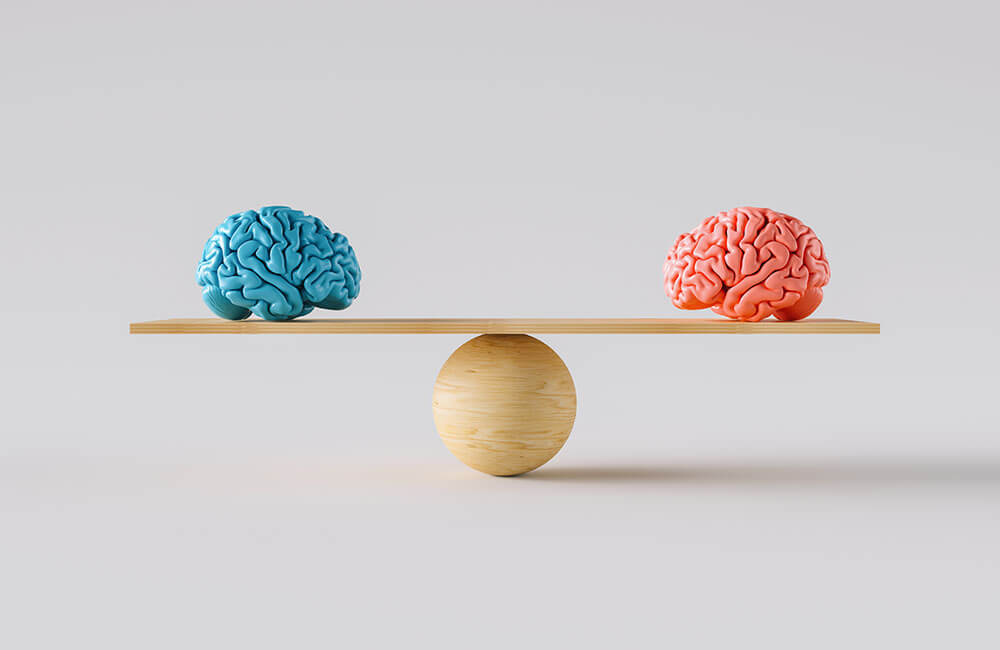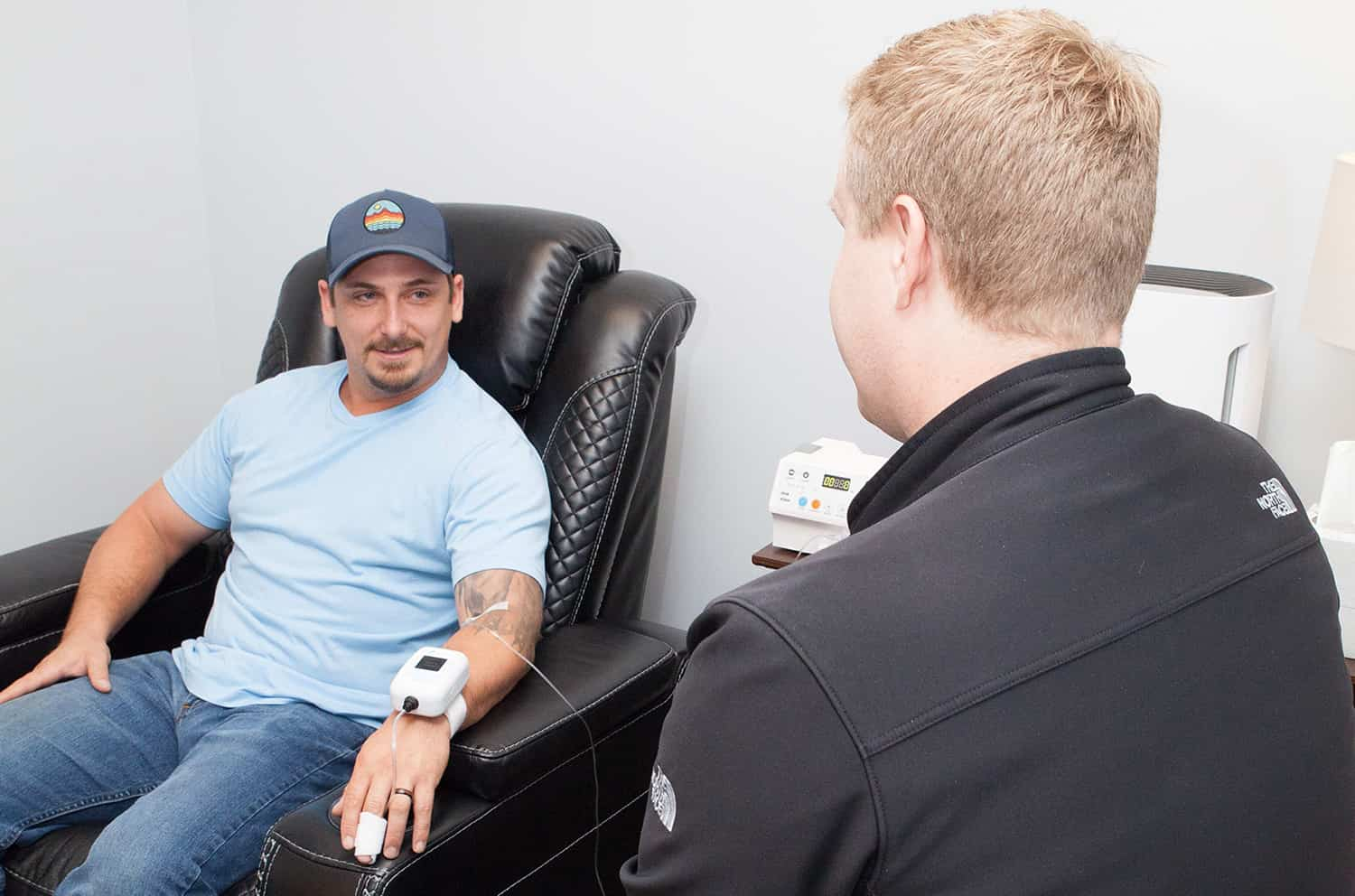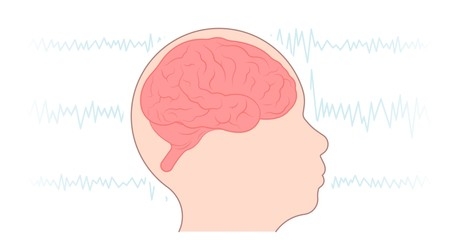Ketamine Therapy Explained: Plasticity, Integration, and What Most Providers Miss
By Charles Miller, CRNA, CMO, Founder/Owner of Scenic City Neurotherapy
Ketamine therapy has become one of the most talked-about treatments in mental health care. Patients, providers, and even the media often focus on the striking dissociative experience ketamine produces — the sense of “stepping outside yourself” that can feel profound in the moment. But here’s the truth: the dissociative state is not where ketamine’s real therapeutic power lies.
At Scenic City Neurotherapy, where we specialize in Minimally Stimulated Ketamine Infusion Therapy (MSKIT®) and Transcranial Magnetic Stimulation (TMS), we often hear the question: “When should integration happen with ketamine therapy?” The answer challenges one of the most widespread misconceptions in the field — that integration must occur during or immediately after the infusion.
While many ketamine providers borrow their approach from serotonergic psychedelic models, ketamine works differently. The dissociative state may feel meaningful, but the real value comes from what happens after the infusion, during a window of time when the brain is biologically primed to change.
This blog explains:
- Why ketamine therapy is fundamentally different from psychedelic approaches
- What’s actually happening in the brain during and after treatment
- How integration should be timed to maximize ketamine’s therapeutic leverage
- What most providers are missing when it comes to long-term outcomes
If you or someone you care about is exploring ketamine therapy, understanding this distinction is critical. True healing comes not from the dissociative experience itself, but from how the brain’s expanded capacity is guided in the days and weeks that follow.
Misconception: Integration Must Occur During or Immediately After Ketamine
Many ketamine providers assume that the therapeutic benefit occurs during the acute dissociative state or immediately afterward. This belief is modeled after serotonergic psychedelic therapy approaches, where the extended psychoactive state is often treated as the primary therapeutic container.
Ketamine is different. While the dissociative state may feel like it provides subjective insights, ketamine’s therapeutic leverage comes from a biological window of neuroplasticity that occurs after the infusion – not the acute experience itself.
The Neuroplasticity Window Explained
Ketamine triggers a cascade of neurobiological processes, including:
- NMDA receptor antagonism
- AMPA throughput
- mTOR pathway activation
- BDNF release
- GSK3β inhibition
These changes create new, undifferentiated synaptic connections. This surge in neuroplastic potential peaks within hours and extends 24–48 hours post-infusion. Think of it as raw scaffolding: the brain is primed to form new, healthier circuits, but they aren’t yet functional or assigned meaning.
Unlike traditional antidepressants, which gradually tweak neurotransmitter balance, ketamine rapidly clears space for adaptive remodeling, giving the brain a unique opportunity to build resilience and lasting change.
Plasticity Does Not Equal Immediate Therapeutic Change
It’s critical to understand that neuroplasticity creates capacity, not instant therapeutic change. The new neural pathways require targeted input from psychotherapy, behavioral work, and environmental reinforcement to become stable and functional.
This means the clinical benefit does not stem from analyzing dissociative experiences, but from how therapy and life experiences shape the brain after ketamine has created the potential for change.
Timing Psychotherapy for Maximum Benefit
The most effective use of psychotherapy occurs after the acute dissociative phase; in the days, weeks, and even months after ketamine administration, when the newly available pathways can be stabilized into healthier circuits. During this period, therapy can:
- Consolidate adaptive coping strategies
- Reframe maladaptive reactions to stress
- Reinforce new behaviors and thought patterns
The true therapeutic opportunity requires consistent, structured post-infusion work, not just immediate post-infusion processing. Knowledge is not the deficit. Integration is only the first step of utilization.
Key Takeaways for Providers and Patients
Ketamine infusion therapy should be understood as a timed intervention strategy, not merely an interpretive exercise:
- Ketamine opens a neurobiological window of heightened plasticity.
- Post-infusion psychotherapy and behavioral interventions guide the use of this plasticity.
- Clinical benefits emerge over weeks and months as new circuits are reinforced and stabilized.
The dissociative experience may feel meaningful, but therapeutic leverage lies in shaping what the brain does with its expanded capacity for change long after the infusion ends.
At Scenic City Neurotherapy in Chattanooga, our MSKIT® and TMS programs are grounded in cutting-edge neuroscience, helping patients and providers alike understand how to truly harness ketamine’s neuroplastic potential. If you’re ready to explore treatments that go beyond symptom management and maximize long-term brain health, contact us today.
Call Us: 423.228.0579
Request Your No-Cost Consultation: https://sceniccityneurotherapy.com/contact-us
About Scenic City Neurotherapy
Founded in 2019, Scenic City Neurotherapy is at the forefront of advanced and comprehensive treatments for those facing treatment-resistant conditions. Our mission is to optimize brain function and elevate well-being through cutting-edge therapies. We specialize in two pioneering approaches: Minimally Stimulated Ketamine Infusion Therapy (MSKIT®) and Transcranial Magnetic Stimulation (TMS).
If you are exploring innovative solutions for mental health, chronic pain, and other neuro-degenerative conditions, Scenic City Neurotherapy offers transformative treatment options. Join us in leading the charge towards groundbreaking brain optimization treatments and empowering individuals to reclaim their lives.
